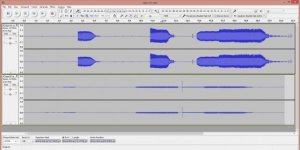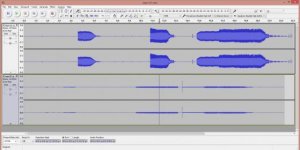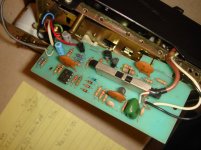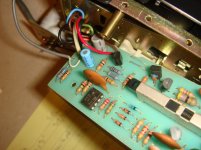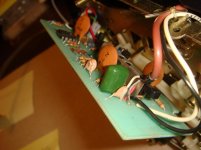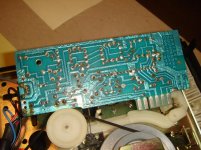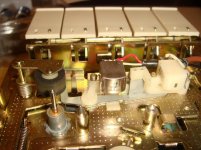Holmes
Experienced Member
Hello All. I am trying to bring my PET 2001-8 back up to health, and have been working through some memory and stability problems in another thread.
I have discovered load problems in doing that, mainly with the internal datasette. I thought I would start a new thread for this problem.
So basically, when I try to load with LOAD and no arguments, it says SEARCHING but never says FOUND and never gets to LOADING. When I got this PET, this datasettebelt was broken, so I replaced it by pulling one from a donor C2N (rounded one). It seems to work and turns the spindles fine visually. I have cleaned both heads with alcohol.
So I also have another external C2N (rectangular one), and can load and save from this one, plugged into the cassette input plugs 1 and 2 on the PET. I have a reference tape (Time Trek), that works on the external c2n.
I also tried plugging the internal datasette to port 2 to see if that changes anything, and still no difference. I also used an electronic demagnetizer tape, and no difference.
I suspected it might need azimuth adjustment. I tried recording a program and reading it, and it didn't work. The cassette is confirmed working on my external c2n.
So now if I need to adjust the azimuth, how do I do that? I have a scope, but don't really know what I would look for. I tried googling for images of someone doing this, but couldnt find anything i thought was relevant.
I found a c64 program someone wrote to provide a visual signal to help adjust the head. I've also found a link to an old compute! Article where they suggested just listening to a playback and adjusting it to where it sounds best. Don't I also need to use a reference tape also?
Anyone with any experience with any of these methods or other words of advice?
I have discovered load problems in doing that, mainly with the internal datasette. I thought I would start a new thread for this problem.
So basically, when I try to load with LOAD and no arguments, it says SEARCHING but never says FOUND and never gets to LOADING. When I got this PET, this datasettebelt was broken, so I replaced it by pulling one from a donor C2N (rounded one). It seems to work and turns the spindles fine visually. I have cleaned both heads with alcohol.
So I also have another external C2N (rectangular one), and can load and save from this one, plugged into the cassette input plugs 1 and 2 on the PET. I have a reference tape (Time Trek), that works on the external c2n.
I also tried plugging the internal datasette to port 2 to see if that changes anything, and still no difference. I also used an electronic demagnetizer tape, and no difference.
I suspected it might need azimuth adjustment. I tried recording a program and reading it, and it didn't work. The cassette is confirmed working on my external c2n.
So now if I need to adjust the azimuth, how do I do that? I have a scope, but don't really know what I would look for. I tried googling for images of someone doing this, but couldnt find anything i thought was relevant.
I found a c64 program someone wrote to provide a visual signal to help adjust the head. I've also found a link to an old compute! Article where they suggested just listening to a playback and adjusting it to where it sounds best. Don't I also need to use a reference tape also?
Anyone with any experience with any of these methods or other words of advice?
Last edited:

